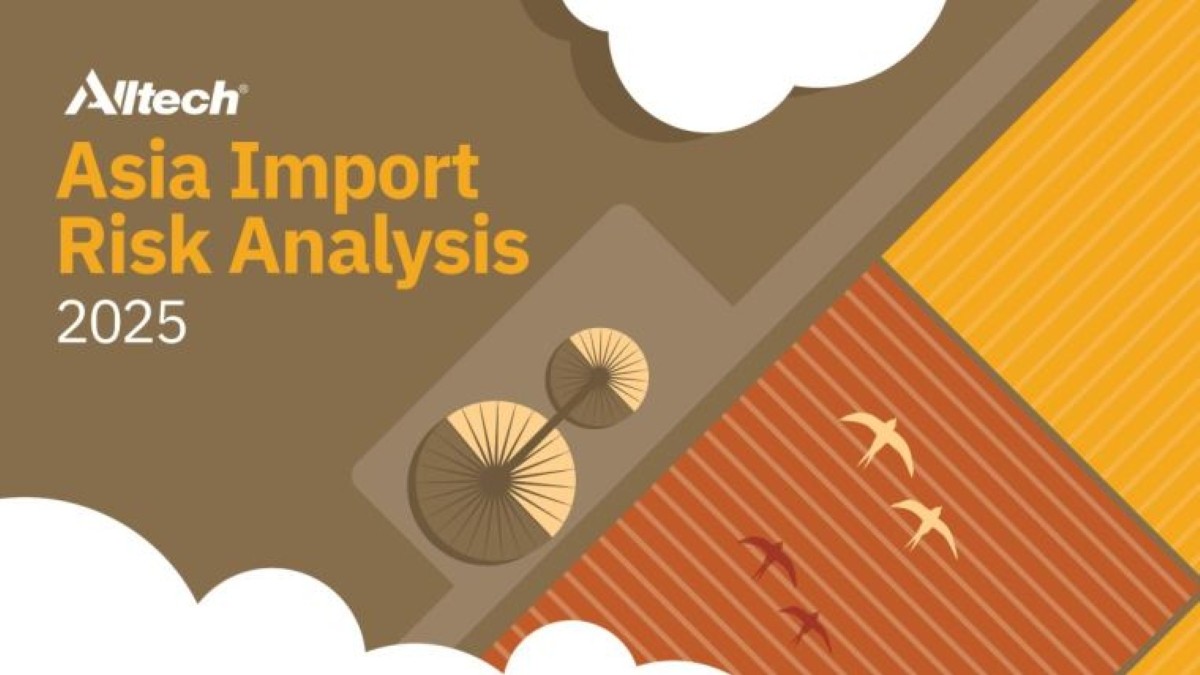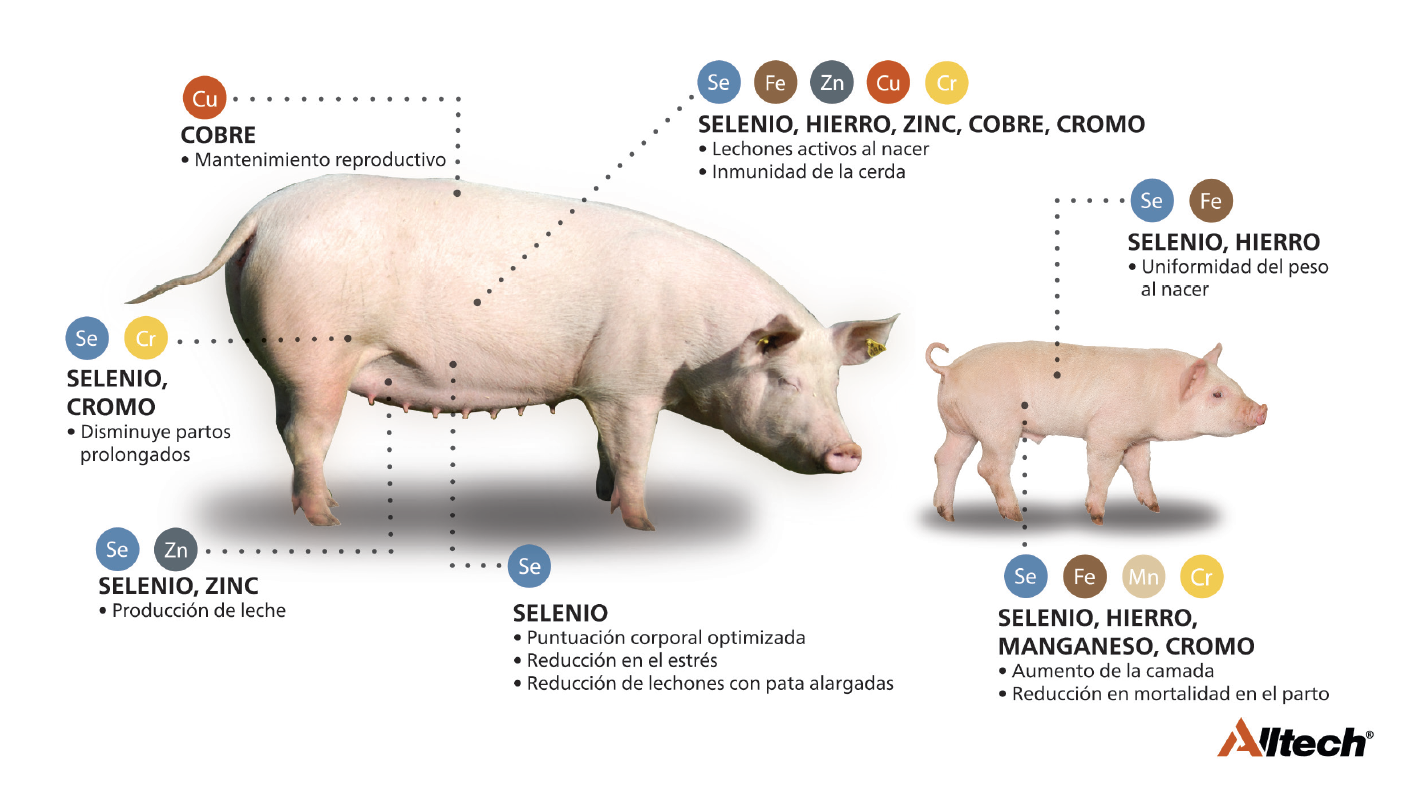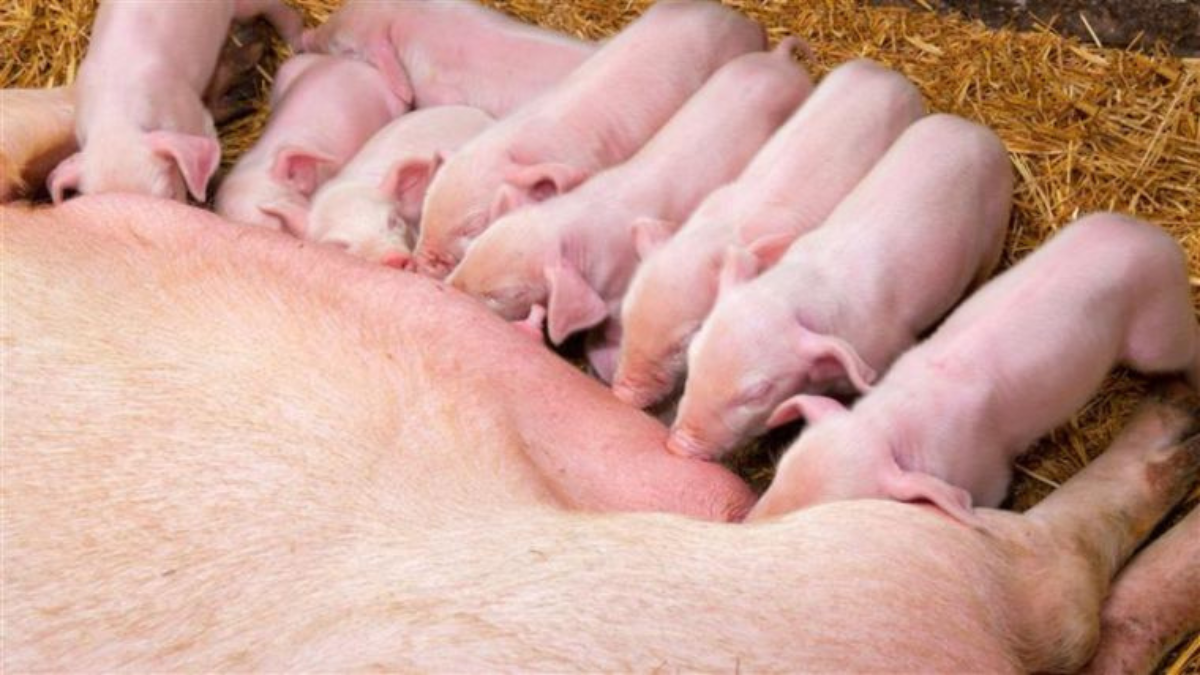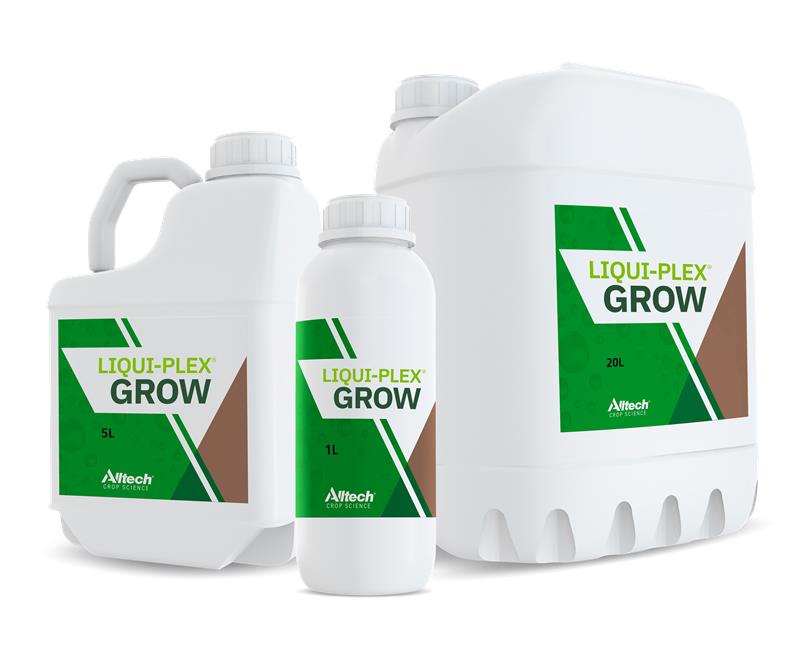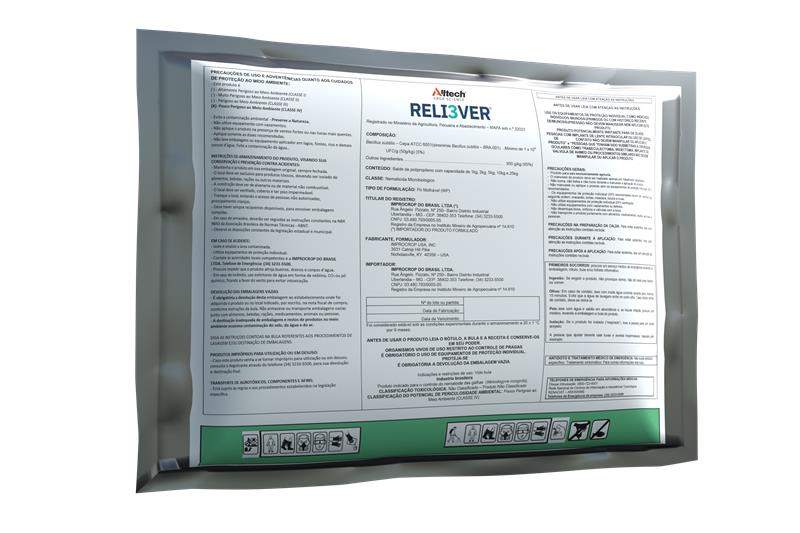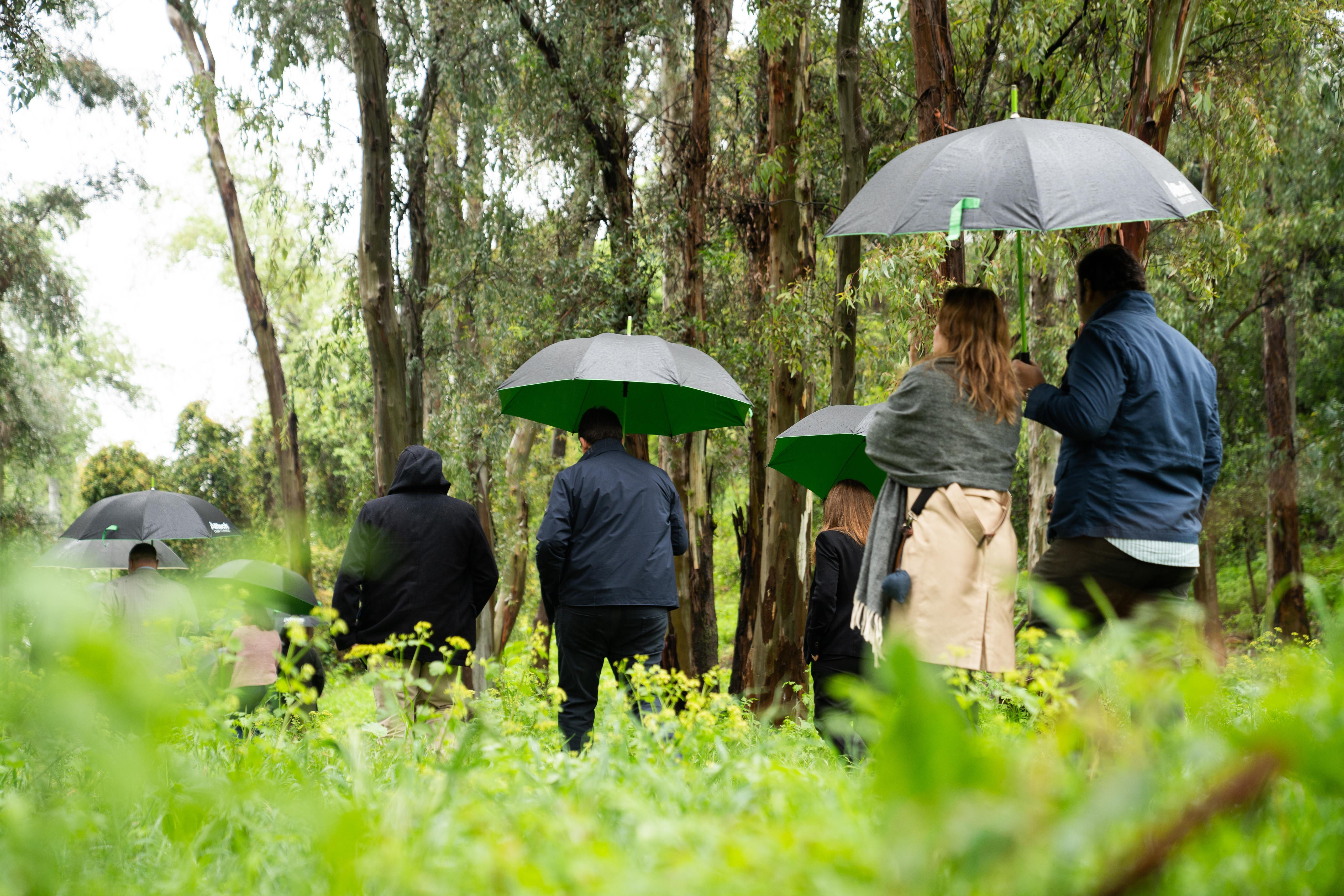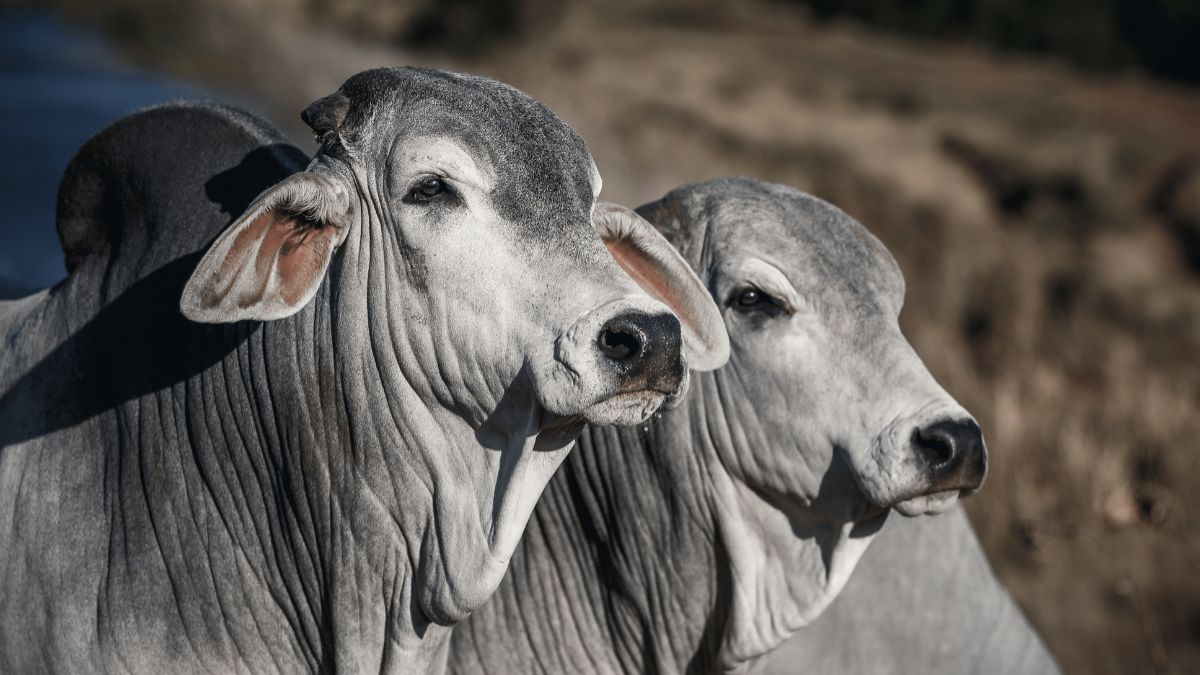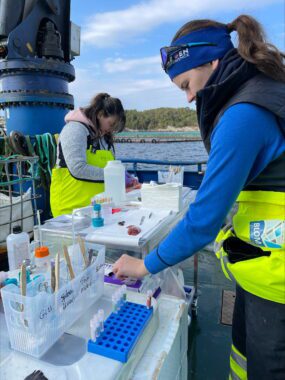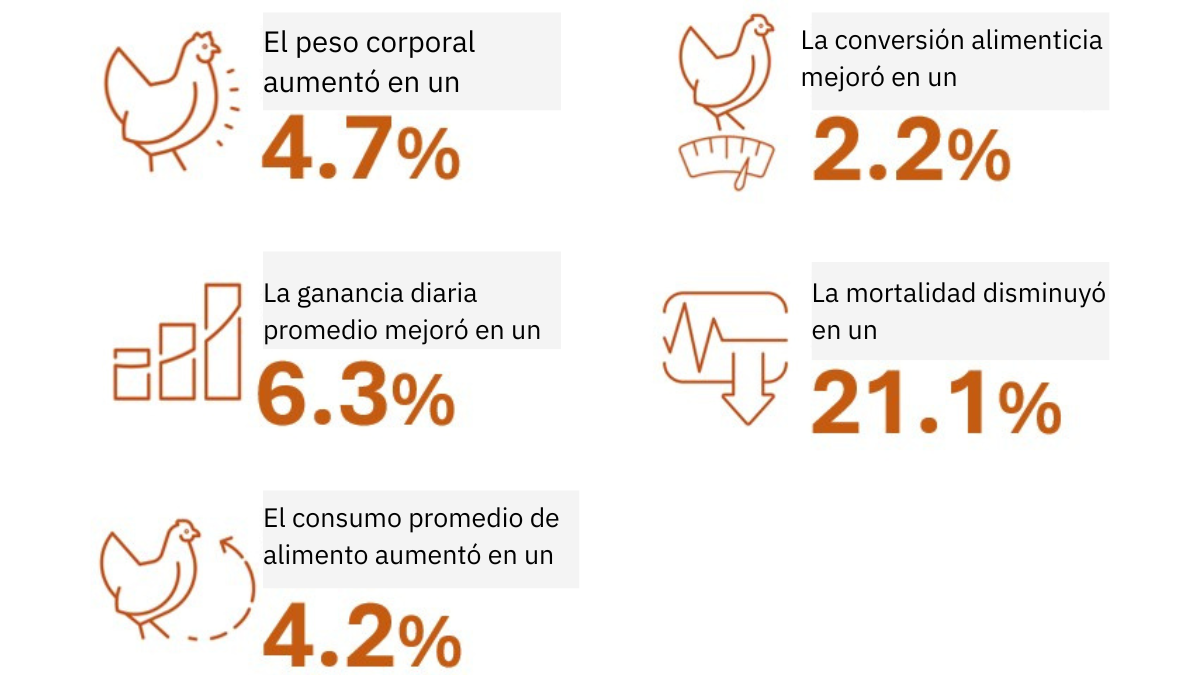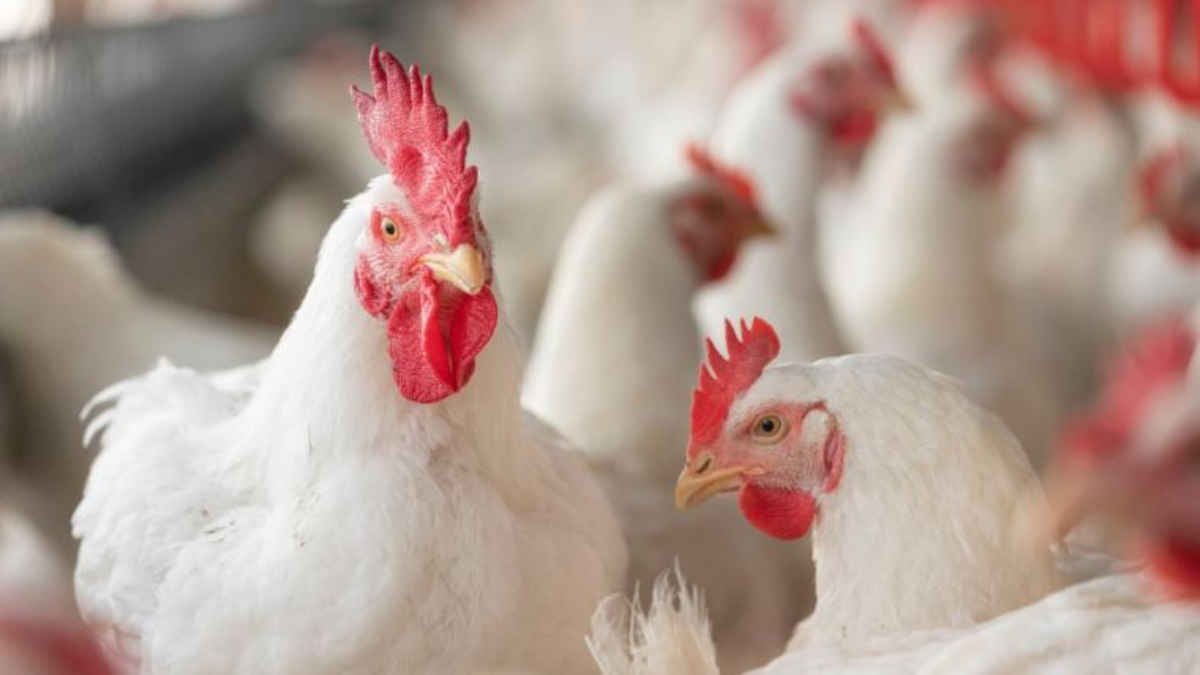เผยข้อมูลสําคัญจากรายงาน Alltech Asia Import Risk Analysis 2025
การปนเปื้อนของสารพิษจากเชื้อราในธัญพืชนําเข้ายังคงเป็นความท้าทายที่สําคัญสําหรับผู้ผลิตอาหารสัตว์ในเอเชีย เมื่อการผลิตอาหารสัตว์ในภูมิภาคนี้เติบโตขึ้น การพึ่งพาวัตถุดิบนําเข้าจากภูมิภาคที่เป็นผู้ส่งออกธัญพืชรายสําคัญ เช่น ยุโรป อเมริกาเหนือ และละตินอเมริกา ก็มีสูงขึ้นเช่นกัน
รายงาน Alltech Asia Import Risk Analysis 2025 จะให้ความกระจ่างเกี่ยวกับความเสี่ยงของสารพิษจากเชื้อราของวัตถุดิบนำเข้าเหล่านั้น โดยให้ข้อมูลเชิงลึกที่จะมีประโยชน์สําหรับโภชนาการทั้งสัตว์เคี้ยวเอื้องและและสัตว์กระเพาะเดี่ยว
ทําความเข้าใจความเสี่ยงของสารพิษจากเชื้อราในธัญพืชนําเข้า
ดร. Ghazanfar Naseer, Asia regional technical manager ด้านสัตว์เคี้ยวเอื้องและสารพิษจากเชื้อราของออลเทค เน้นย้ำว่าการปนเปื้อนของสารพิษจากเชื้อราเป็นภัยคุกคามร้ายแรงต่อสุขภาพและผลผลิตของสัตว์
"เรามองไม่เห็นสารพิษจากเชื้อรา แต่ผลกระทบของมันไม่เป็นเช่นนั้น" ดร. Ghazanfar กล่าว "สําหรับสัตว์เคี้ยวเอื้อง เช่น โคนมและโคเนื้อ สารพิษเหล่านี้สามารถนําไปสู่การผลิตน้ำนมที่ลดลง อัตราการเจริญเติบโตลดลง และปัญหาสุขภาพในระยะยาว"
ในทํานองเดียวกัน Gustavo Sa Ribeiro, Asia regional technical manager ด้านสัตว์กระเพาะเดี่ยว ได้เน้นให้เห็นว่าสารพิษจากเชื้อราสามารถส่งผลกระทบอย่างมากต่อการผลิตสุกรและสัตว์ปีกได้อย่างไร
"เมื่อเราได้เรียนรู้เกี่ยวกับสารพิษจากเชื้อรามากขึ้น เราก็ได้เห็นผลกระทบที่เป็นอันตรายต่อประสิทธิภาพของสัตว์และประสิทธิภาพการใช้อาหาร การทําความเข้าใจการมีอยู่ของสารพิษจากเชื้อราในวัตถุดิบนําเข้า จึงเป็นสิ่งสําคัญสําหรับการตัดสินใจในการจัดการโภชนาการสำหรับสัตว์อย่างชาญฉลาด"
ข้อมูลสารพิษจากเชื้อราตามภูมิภาค: ประเด็นสําคัญที่พบ
ยุโรป
- ความเสี่ยงของสารพิษจากเชื้อราแตกต่างกันอย่างมากระหว่างยุโรปเหนือและยุโรปใต้
- ยุโรปเหนือ: Deoxynivalenol (DON) เป็นปัญหาหลัก ซึ่งส่งผลกระทบต่อโคนมที่มีผลผลิตน้ำนมลดลงและจํานวนเซลล์โซมาติกที่สูงขึ้น
- ยุโรปใต้: พบการปนเปื้อนของอะฟลาทอกซินได้บ่อยในข้าวโพด ซึ่งก่อให้เกิดความเสี่ยงต่อสุขภาพตับและลดผลผลิตของสัตว์
สหรัฐอเมริกา
- ฝนก่อนการเก็บเกี่ยวทำให้เกิดปัญหาสารพิษจากเชื้อราที่เกี่ยวข้องกับ Fusarium โดย DON, ซีอาราลีโนน และฟูโมนิซิน มีความโดดเด่นที่สุด
- 85% ของตัวอย่างข้าวโพดจากสหรัฐฯ ที่ถูกตรวจสอบมีการปนเปื้อนของฟูโมนิซิน ซึ่งอาจทําให้โคปฏิเสธอาหารและส่งผลต่อการกดภูมิคุ้มกันในวัว
- ความแห้งแล้งหลังการเก็บเกี่ยวส่งผลให้เมล็ดธัญพืชเสียหายและมีสิ่งเจือปนเพิ่มขึ้น ซึ่งเพิ่มความเสี่ยงในระหว่างการเก็บรักษาและการขนส่ง
แคนาดา
- สารพิษ Fusarium พบได้มากที่สุดในตัวอย่างข้าวสาลีและข้าวบาร์เลย์
- แม้ว่าจะพบความเสี่ยงจะต่ำกว่าการเก็บเกี่ยวครั้งก่อน แต่ในแต่ละชุดตัวอย่างมีระดับสารพิษจากเชื้อราที่สูงขึ้น
บราซิล
- อะฟลาทอกซิน, DON, ฟูโมนิซิน และซีอาราเลโนน ยังคงเป็นปัญหาหลัก
- 75% ของตัวอย่างข้าวโพดจากบราซิลมีผลตรวจฟูโมนิซินเป็นบวก โดยบางตัวอย่างพบปริมาณสารพิษฯ ถึง 22,800 ppb ซึ่งเป็นระดับที่สูงจนเป็นอันตรายสําหรับสัตว์เคี้ยวเอื้อง
- ความเข้มข้นสูงของสารพิษ Fusarium ก่อให้เกิดความเสี่ยงอย่างรุนแรง โดยเฉพาะอย่างยิ่งสําหรับสุกร
ผลกระทบต่อสัตว์เคี้ยวเอื้องและสัตว์กระเพาะเดี่ยว
สัตว์เคี้ยวเอื้อง:
- ผลพลอยได้จากข้าวโพดที่มาจากอเมริกาเหนือและยุโรปมีปริมาณความเสี่ยงเฉลี่ยเทียบเท่า (REQ) ที่ 392 สําหรับโคนม ซึ่งบ่งชี้ถึงระดับความเสี่ยงสูง
- อาจส่งผลให้การผลิตน้ำนมลดลง 5% และจํานวนเซลล์โซมาติกเพิ่มขึ้น 7% ซึ่งส่งผลต่อคุณภาพและผลกําไรในการผลิตน้ำนม
- ฟูโมนิซินในข้าวโพดบราซิลและสหรัฐอเมริกาสามารถทำให้ประสิทธิภาพการใช้อาหารและสุขภาพโดยรวมของฝูงสัตว์ลดลงได้
สัตว์กระเพาะเดี่ยว:
- ตัวอย่างข้าวโพดจากสหรัฐฯ มีสารพิษจากเชื้อราโดยเฉลี่ย 7.8 ชนิดต่อตัวอย่าง โดย 100% ของตัวอย่างที่ถูกตรวจสอบ พบการปนเปื้อนจากสารพิษจากเชื้อราหลายชนิด
- ไตรโคทีซีน ชนิดบี, ฟูโมนิซิน และซีอาราเลโนน เป็นสารพิษจากเชื้อราที่น่ากังวลที่สุดสําหรับสุกรและสัตว์ปีก
- ผลเสียต่ออัตราการเจริญเติบโต (ADG) และอัตราแลกเนื้อ (FCR) เน้นย้ำถึงความสําคัญของการบริหารความเสี่ยงแบบเชิงรุก
การจัดการความเสี่ยงของสารพิษจากเชื้อราในวัตถุดิบอาหารสัตว์นําเข้า
เพื่อปกป้องประสิทธิภาพของสัตว์และผลกําไรทางธุรกิจ ออลเทคแนะนําให้ใช้กลยุทธ์การจัดการสารพิษจากเชื้อราแบบองค์รวม ซึ่งได้แก่:
- การทดสอบสารพิษจากเชื้อราเป็นประจํา โดยใช้เครื่องมืออย่าง Alltech 37+® และ Alltech® RAPIREAD™ เพื่อตรวจหาระดับการปนเปื้อนสารพิษจากเชื้อราก่อนการประกอบสูตรอาหาร
- มาตรการควบคุมคุณภาพสําหรับการจัดหาวัตถุดิบ เพื่อลดการใช้วัตถุดิบที่มีความเสี่ยงสูง
- กลยุทธ์ด้านโภชนาการ ที่ปรับให้เหมาะสมเพื่อลดผลกระทบจากการสัมผัสสารพิษจากเชื้อราต่อสุขภาพและผลผลิตของสัตว์
ดาวน์โหลดรายงานฉบับเต็ม
รายงาน Alltech Asia Import Risk Analysis 2025 ให้ข้อมูลเชิงลึกเกี่ยวกับแนวโน้มการปนเปื้อนของสารพิษจากเชื้อราและผลกระทบต่อการผลิตปศุสัตว์และอาหารสัตว์ในภูมิภาคเอเชียแปซิฟิก
สามารถดาวน์โหลดรายงานได้แล้วที่ alltech.com/asia-import-risk-analysis เพื่อการตัดสินใจสําหรับธุรกิจและเพิ่มประสิทธิภาพและสุขภาพของสัตว์ของคุณอย่างชาญฉลาด หากต้องการข้อมูลเพิ่มเติมและคําแนะนําจากผู้เชี่ยวชาญ สามารถไปที่ knowmycotoxins.com
เกี่ยวกับผู้เขียน:
Tien Le สําเร็จการศึกษาระดับปริญญาตรีด้านการโฆษณาและการสื่อสารการตลาด จากมหาวิทยาลัยกรีนิช ลอนดอน พร้อมรางวัล University Merit Award for Outstanding Achievement เธอเริ่มต้นอาชีพที่ออลเทค ในปี 2016 โดยเป็นส่วนหนึ่งของโครงการ Corporate Career Development Program ซึ่งได้เก็บเกี่ยวประสบการณ์ทั้งในสหรัฐอเมริกาและไอร์แลนด์ ก่อนที่จะกลับมาที่เวียดนามซึ่งเป็นประเทศบ้านเกิดของเธอ ปัจจุบัน Tien ทําหน้าที่เป็น editorial content manager ของออลเทค ซึ่งเป็นบทบาทที่ช่วยให้เธอเติมเต็มความหลงใหลในการเขียน นวัตกรรม และการเกษตรที่ยั่งยืน
- Read more about เผยข้อมูลสําคัญจากรายงาน Alltech Asia Import Risk Analysis 2025
- Log in to post comments
